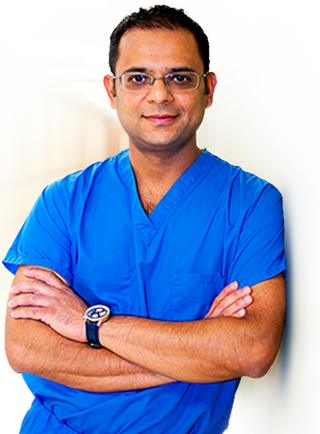Acupuncture

What is Acupuncture?
Acupuncture is a medical technique that involves insertion of very thin metal needles into the skin at specific points on the body to stimulate healing and promote relaxation with the aim of maintaining and restoring health. It is mainly used in pain management as well as for treating a variety of other medical conditions.
How does Acupuncture Work?
When an acupuncturist inserts needles at strategic points of your body, the needles are believed to stimulate the central nervous system. This, in turn, secretes chemicals into the brain, spinal cord, and muscles. These biochemical changes increase blood flow; trigger the release of endorphins, the body's natural pain-relieving chemicals; and stimulate the body's natural healing properties to promote emotional and physical well-being.
Uses of Acupuncture
Studies conducted by the National Institutes of Health (NIH) have shown acupuncture to be an effective remedy alone or in combination with standard therapies to treat the following:
- Arthritis
- Low back pain
- Neck pain
- Knee pain
- Headaches and migraines
- Menstrual cramps
- Fibromyalgia
- Myosfascial pain
- Addiction
- Carpal tunnel syndrome
- Postoperative pain and nausea
- Adverse reactions to radiation therapy/chemotherapy
- Respiratory conditions, such as allergic rhinitis and asthma
Preparation for Acupuncture
As part of the preparation, your acupuncturist will review your medical history and ask questions about your health and lifestyle. You will also be asked about any medications you are on and other treatments you are receiving for any prevailing medical condition. A physical examination may also be performed to look for any concerning signs and symptoms prior to insertion of the needles.
How is Acupuncture Performed?
An acupuncture session may last anywhere from 20 minutes to 1 hour and may involve several separate sessions based on your condition. Single-use, pre-sterilized, disposable metal needles are used for the procedure. Typically, 6 to more than 20 needles are employed per treatment. These needles are left in place for 10 to 20 minutes. In general, the procedure involves the following steps:
- You will usually be asked to sit or lie face down, face-up, or on your side, depending on where the needles are to be inserted.
- You may be asked to adjust your clothing so that your acupuncturist can access the treatment area.
- Your acupuncturist will clean the specific needle spots with alcohol or another disinfectant.
- Based on your condition, needles are inserted into specific spots on the body, which practitioners call acupuncture points.
- You may feel a slight tingling or dull ache as the needles are inserted into the body.
- Your acupuncturist may gently flick or twist the needles to stimulate your nerves.
- Sometimes, as a variation to traditional acupuncture, your practitioner may attach an electrical device to the needles to produce electrical impulses along the needles for further stimulation of the nerves. This is called electroacupuncture.
- The needles are left in the treatment area for a specified period of time and removed once the treatment is complete. Most patients feel either relaxed or energized post treatment.
Follow-Up
Your acupuncturist may schedule a follow-up visit on a weekly basis or more than once a week over a period of several weeks as part of the treatment cycle based on your specific condition. The length of treatment will depend upon your response to acupuncture treatment.
Side Effects and Risks
Acupuncture is a relatively safe procedure; however, as with any procedure, some risks and side effects may occur, such as:
- Pain
- Bleeding
- Bruising/swelling
- Skin rashes
- Allergic reactions
- Infection
- Nausea








